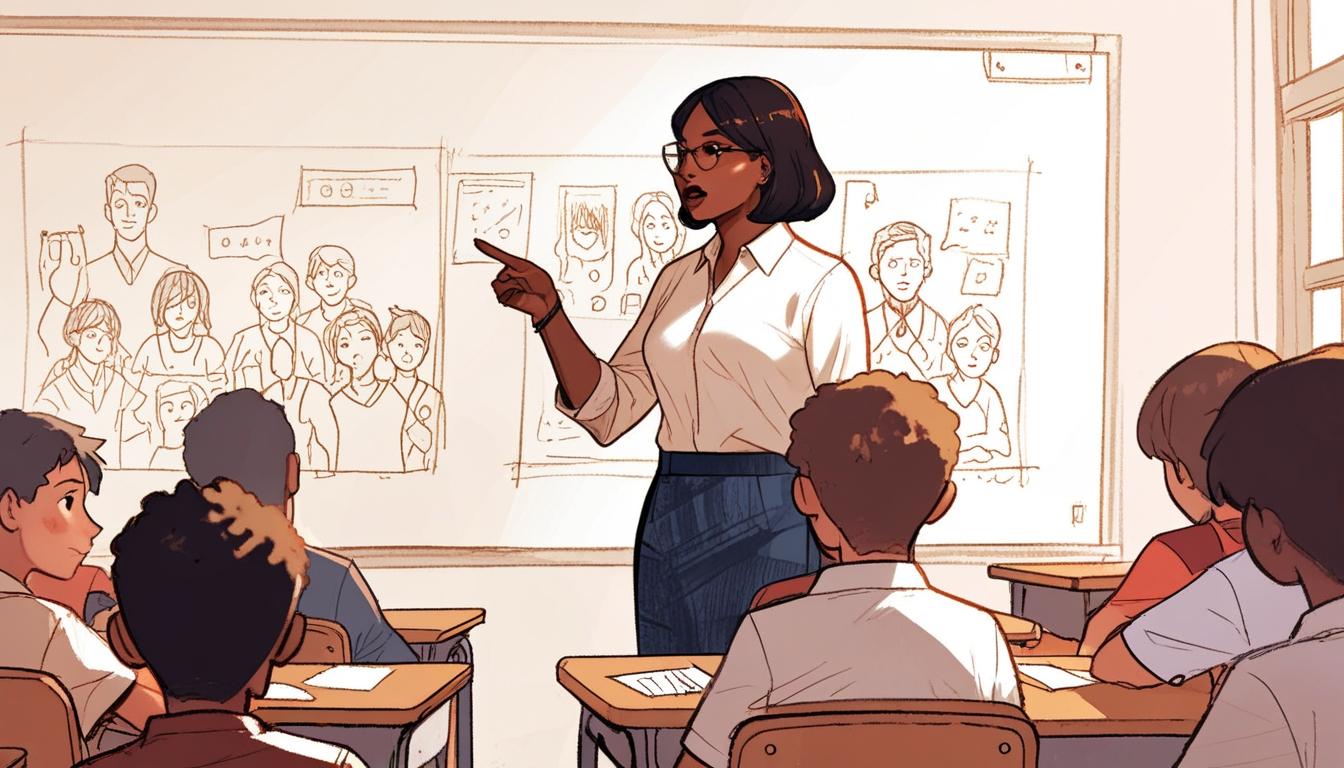The Trump administration has issued an executive order challenging longstanding efforts to reform school discipline policies aimed at addressing racial disparities. This move targets an Obama-era framework designed to reduce the disproportionate removal of Black students from classrooms, framing these previous policies as forms of discrimination against other racial groups and asserting they jeopardise school safety by enabling misconduct to be overlooked.
Signed last week, the executive order marks a notable shift in federal education policy, signalling a departure from initiatives that sought to curb exclusionary disciplinary practices such as suspensions and expulsions. These practices had been scaled back during the Obama administration following evidence that they disproportionately affected Black students and those with disabilities. The Trump administration's order criticises these reforms for allegedly encouraging a lack of accountability for student behaviour, purportedly undermining safety within educational settings.
Education experts have expressed surprise and concern about the order's implications. Chris Curran, director of the Education Policy Research Center at the University of Florida’s College of Education, notes that while controversy over school discipline is expected amid broader culture wars, the federal government's step to impose a national discipline policy represents a break from its traditional non-interventionist role in local school governance. Curran emphasises that changing discipline policy without allocating necessary resources—such as training for educators and additional staff—presents practical challenges for schools aiming to reduce disparities in discipline.
Rachel Perera, fellow for the Brown Center on Education Policy at the Brookings Institution, finds the executive order conflicting with previous Republican education agendas aimed at decentralising control, given that it imposes top-down federal policy on school discipline. She highlights that prior efforts, including Trump’s own rescinding of Obama’s guidance on discipline and criticism of vague Biden administration directives, reflect ongoing political contestation over how discipline disparities are addressed. Perera points to extensive research confirming that racial bias contributes to disproportionate punishments of Black students, underscoring that the executive order's stance represents a perspective aligned with what she terms an ideology of “white grievance.”
Data from the U.S. Department of Education demonstrates that disciplinary disparities manifest early, with Black preschoolers suspended at nearly twice the rate of their peers during the 2020-21 school year. Richard Welsh, associate professor of education and public policy at Vanderbilt University, emphasises that the executive order conflates school safety—typically involving physical threats—with school discipline, which often relates to behavioural issues such as defiance. He stresses that research shows a bias in how behaviours are perceived and punished across racial lines, and policy framing is critical as it influences the solutions sought. Welsh advocates for minimising exclusionary discipline to keep students in school where they can access support services.
Emily K. Penner, associate professor of education at the University of California, Irvine, echoes concerns that teacher perceptions rather than actual student behaviour may drive the disproportionate discipline of Black students. She notes that school officials are prioritising responses to chronic absenteeism exacerbated by the pandemic, which removal from class only compounds by reducing instructional time. Penner highlights students’ mental health challenges and cautions against approaches that remove students from classroom environments.
Critics of the executive order also point to a lack of clarity regarding alternatives to exclusionary discipline. Perera explains that previous policies failed to provide clear guidance or funding for non-punitive interventions such as counselling or behavioural support, leaving schools with mandates but insufficient means to make changes. Similarly, Curran observes that efforts to reduce disparities without resources invite attempts to manipulate disciplinary data rather than implement substantive improvements.
The executive order aligns with broader culture war debates surrounding education and the role of equity initiatives. Curran notes the use of the term “discriminatory equity ideology” within the order, which appears to echo criticisms of diversity, equity, and inclusion (DEI) efforts seen in wider political discourse. Welsh remarks that the more punitive disciplinary models promoted by the administration have been adopted in some states following the pandemic, suggesting that the federal policy formalises trends already present at the state level.
Penner interprets the executive order’s vagueness as a strategy to compel local schools to interpret its directives according to their own fears or biases, without clear federal guidance on implementation. She warns that disrupting ongoing reforms designed to keep students in class and create supportive learning environments could undermine progress in improving fairness and educational outcomes.
The EdSurge report underlines that while the executive order seeks to reshape the discourse and practice surrounding school discipline, it faces significant skepticism from education researchers and practitioners who advocate for evidence-based approaches that recognise and address racial disparities, support students' mental health, and prioritise keeping children engaged in learning.
Source: Noah Wire Services
